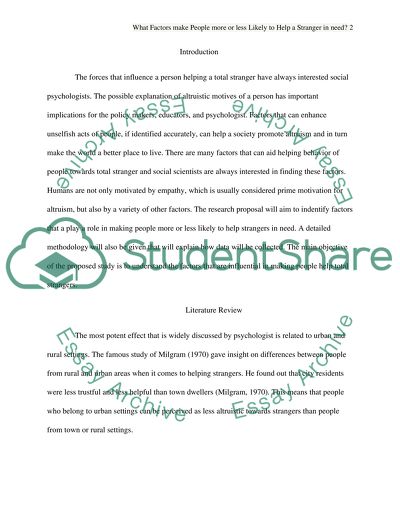Cite this document
(“What Factors Make People More Or Less Likely To Help A Stranger In Research Proposal”, n.d.)
Retrieved from https://studentshare.org/psychology/1438772-what-factors-make-people-more-or-less-likely-to
Retrieved from https://studentshare.org/psychology/1438772-what-factors-make-people-more-or-less-likely-to
(What Factors Make People More Or Less Likely To Help A Stranger In Research Proposal)
https://studentshare.org/psychology/1438772-what-factors-make-people-more-or-less-likely-to.
https://studentshare.org/psychology/1438772-what-factors-make-people-more-or-less-likely-to.
“What Factors Make People More Or Less Likely To Help A Stranger In Research Proposal”, n.d. https://studentshare.org/psychology/1438772-what-factors-make-people-more-or-less-likely-to.


